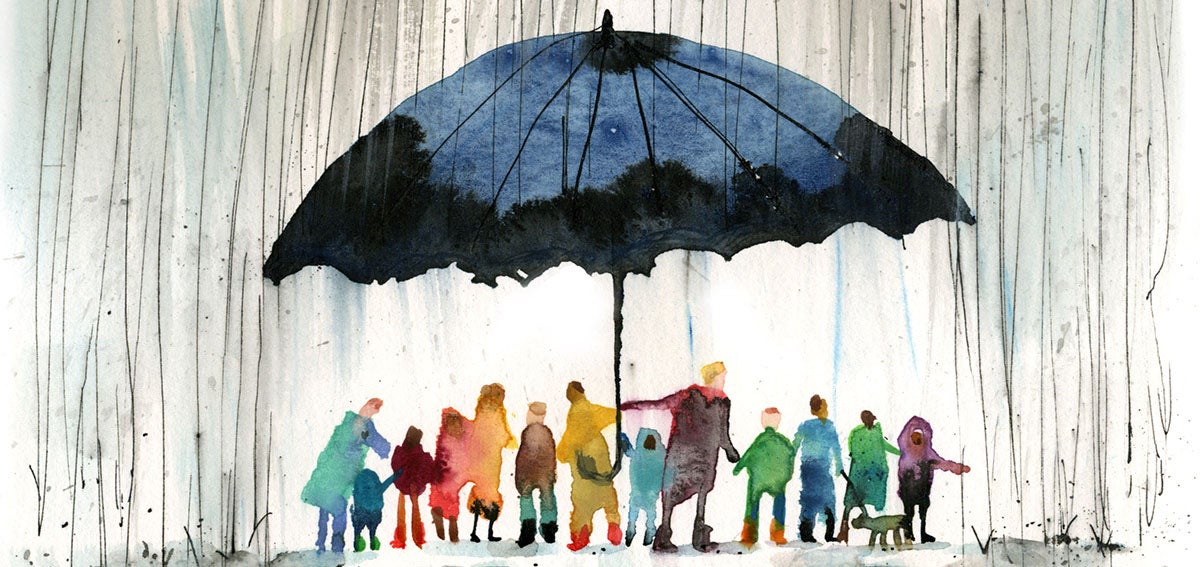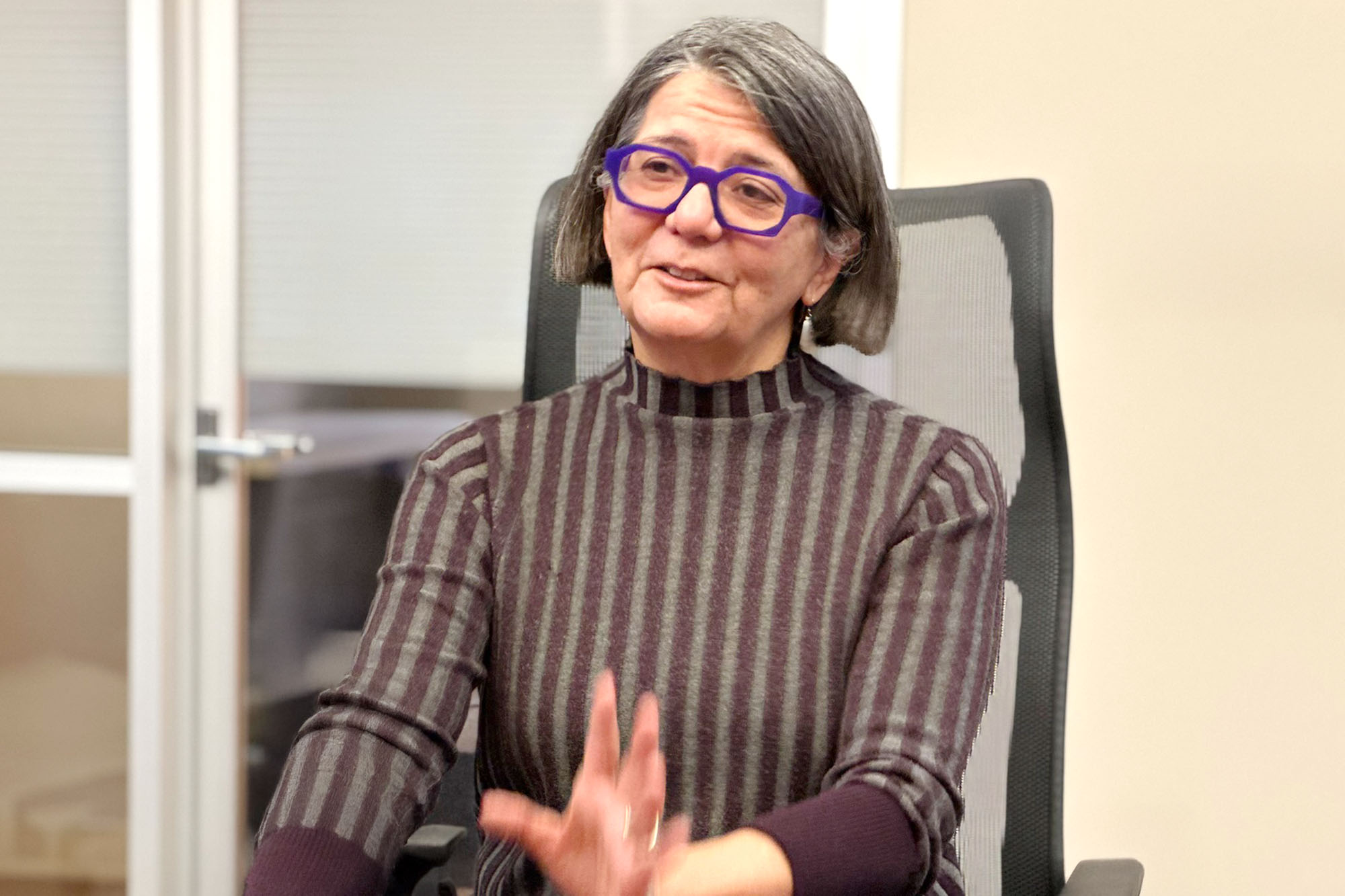|
Getting your Trinity Audio player ready…
|

To help people keep their health coverage during the COVID-19 pandemic, the federal government provided states with increased Medicaid funding. These dollars came with the requirement that states refrain from disenrolling Medicaid enrollees during the federally designated Public Health Emergency (PHE). California’s adherence to this continuous coverage requirement has kept millions from being disenrolled from the state Medicaid program, Medi-Cal, thereby allowing Californians to maintain stable health coverage during a turbulent time.
The PHE is currently extended to July 15, 2022. When the PHE expires, federal guidance requires that Medi-Cal resume its normal renewal processes over the subsequent 14 months, redetermining eligibility for millions of current Medi-Cal enrollees. This has been called the “unwinding” of the PHE continuous coverage provision.
Estimates suggest two million to three million Californians may lose Medi-Cal coverage during this unwinding period, with the total dependent on a range of factors. The good news is that researchers predict the vast majority of those who lose eligibility for Medi-Cal will qualify for job-based coverage or subsidized insurance through Covered California, the state-run marketplace for private coverage.
However, eligibility does not guarantee enrollment, whether for Medi-Cal or other coverage options. During this massive undertaking, many Californians are at risk of getting disenrolled from Medi-Cal simply due to administrative or procedural barriers, such as Medi-Cal eligibility offices lacking enrollees’ current addresses after the last two tumultuous years. California’s success at minimizing the impact of the unwinding — both by avoiding unnecessary Medi-Cal disenrollment and by smoothing transitions to other coverage where possible — will be crucial to maintaining access to care for Californians with low incomes.
Let’s Move Forward, Not Backward
Under ordinary circumstances, when people apply for Medi-Cal, they may struggle with reporting income that fluctuates and with how to define their household, and they may have difficulty finding support in their native language to help them through the process. These types of challenges can persist during the regular annual eligibility redetermination process as people may find themselves needing to complete substantial paperwork, report complex changes, and produce documents on timelines they struggle to meet. A portion of eligible people lose coverage each year because of these kinds of administrative barriers. This Medicaid churning leads to delayed and forgone care, less preventive care, and increased administrative costs for states.
These types of administrative barriers are the byproducts of specific policy and practice choices over Medicaid’s 57-year history. Many are the consequences of longstanding systemic racism and xenophobia, driving an orientation that prioritizes keeping people out rather than welcoming them in. We can now choose to return to this exclusionary approach, or we can use this moment to continue transforming Medi-Cal into a program that unequivocally prioritizes keeping people covered.
Progress Is Already Underway
The federal government and California are already demonstrating a strong commitment to keeping folks covered. Recent federal guidance (PDF) provides numerous flexibilities and support materials to help states and Medicaid managed care plans minimize disruptions in coverage and care.
The California Department of Health Care Services (DHCS) has made substantial progress in simplifying Medi-Cal renewals. In many cases, Medi-Cal uses electronic data sources rather than relying on enrollee action to determine eligibility. Many enrollees will receive prepopulated renewal forms to reduce the paperwork burden on consumers. And DHCS has been working to make forms and materials more understandable.
Now is not the time to return to business as usual. It’s time to wholeheartedly commit to policies and approaches to overcome health disparities, not recreate or aggravate them.
To prepare for the unwinding, the California Department of Health Care Services, California Welfare Directors Association, and key partners and stakeholders have been collaborating for over a year. DHCS has provided information and guidance to plans and counties, begun direct outreach to enrollees to help counties gather updated enrollee contact information, and launched a statewide “Coverage Ambassador” campaign to reach enrollees through trusted messengers such as providers and community groups. The department also reports that it is developing numerous resources for counties, including training on processing renewals and addressing sticky issues such as income determination, along with materials to help counties prepare for redeterminations.
Meanwhile, Covered California is getting ready to automatically notify and complete plan selection for Californians losing Medi-Cal (as well as those whose private coverage has ended) who remain eligible for subsidized coverage through a marketplace plan. (People will still need to confirm their selection and pay their first premium to avoid a break in coverage).
We Can and Should Do More
We must ensure Californians with low incomes can easily get and keep their coverage during the unwinding — but also beyond. California should:
- Ensure counties have sufficient capacity and infrastructure to respond in a timely manner to Medi-Cal enrollees’ questions about the unwinding with high-quality, culturally responsive customer service and support in the languages their clients need. DHCS should consider creating a single statewide helpline that greets people in their preferred language, provides basic information, and provides a warm handoff to counties.
- Maximize every available federal flexibility for rapidly renewing Medi-Cal for as many enrollees as possible — including seniors and people with disabilities — based on existing data sources and without requiring consumers to produce more information. This includes confirming enrollees’ eligibility by checking federal, state, and local electronic data sources as currently allowed, as well as leveraging information from other benefit programs.
- Continue ongoing work to develop clear and consistent systems and processes, with appropriate consumer protections, for plans and their providers to gather existing enrollee contact information and provide it directly to Medi-Cal during the unwinding and beyond. Plans and providers are ideally positioned for this role.
- Build on the DHCS “Coverage Ambassadors” program to expand and strengthen partnerships among Medi-Cal, counties, schools, community-based and legal services organizations, and other stakeholders to target outreach and assistance to those most at risk of losing coverage. This includes supporting in-language and culturally appropriate resources, developing more targeted messages to address specific populations that may be overlooked, and sharing information as allowable. This also applies to restricted-scope enrollees and dually eligible Californians, many of whom may not even realize they have Medi-Cal coverage.
- Create accountability by systematically monitoring negative eligibility actions, including tracking reasons for denials and triggering the state and counties to pause when needed. Publicly available monitoring data, provided as close to real time as possible, would give the state a safety valve so it can hit the pause button on the unwinding if necessary to investigate and address problems as they arise.
The pandemic has exacerbated long-standing disparities in health outcomes. Those who have been disproportionately harmed by the pandemic — Black, Latino/x, and other people and communities of color — are the same groups most likely to lose coverage due to administrative barriers during the unwinding of Medi-Cal’s pandemic protections.
Now is not the time to return to business as usual. It’s time to wholeheartedly commit to policies and approaches to overcome health disparities, not recreate or aggravate them. If done right, this can be a valuable step toward a just and equitable health care system for Californians.
Authors & Contributors


Maria Carluccio
Maria Carluccio is an artist, teacher, author, and dreamer whose children’s books have been published and reprinted in several languages throughout the world, and she has licensed her work to numerous international companies. Maria earned her BFA from Carnegie Mellon University and her MFA from the Fashion Institute of Technology. She lives in Columbus, Ohio, and teaches illustration at Columbus College of Art and Design. Maria has received multiple awards for her work from the New York Society of Illustrators and 3×3 magazine.





